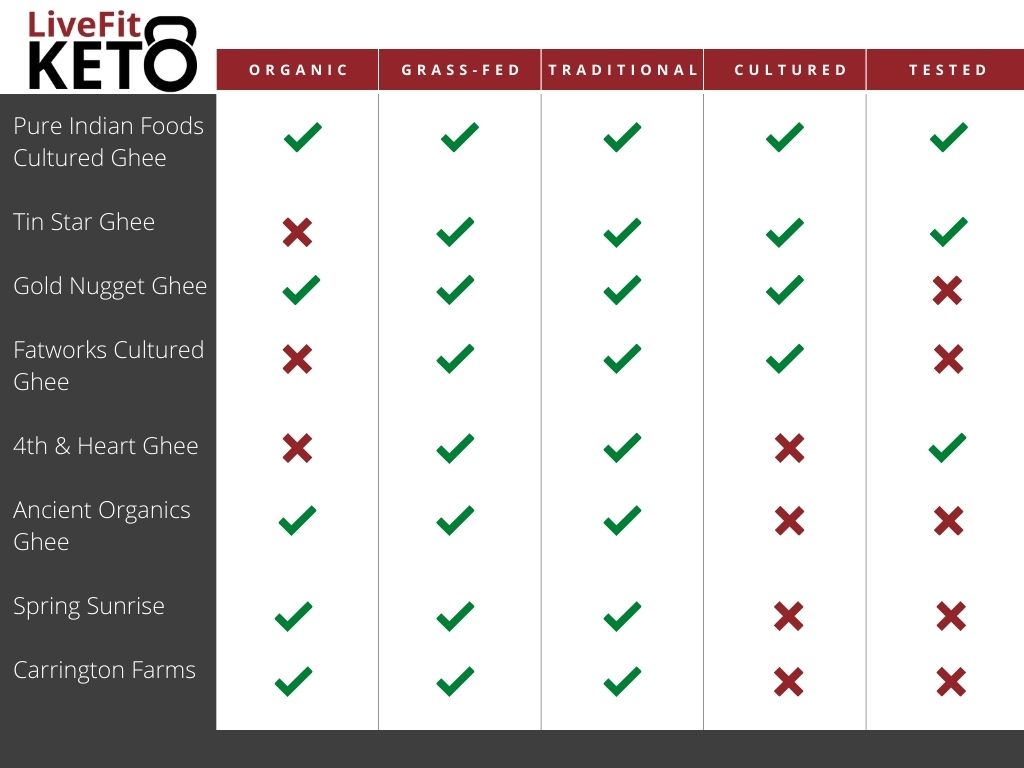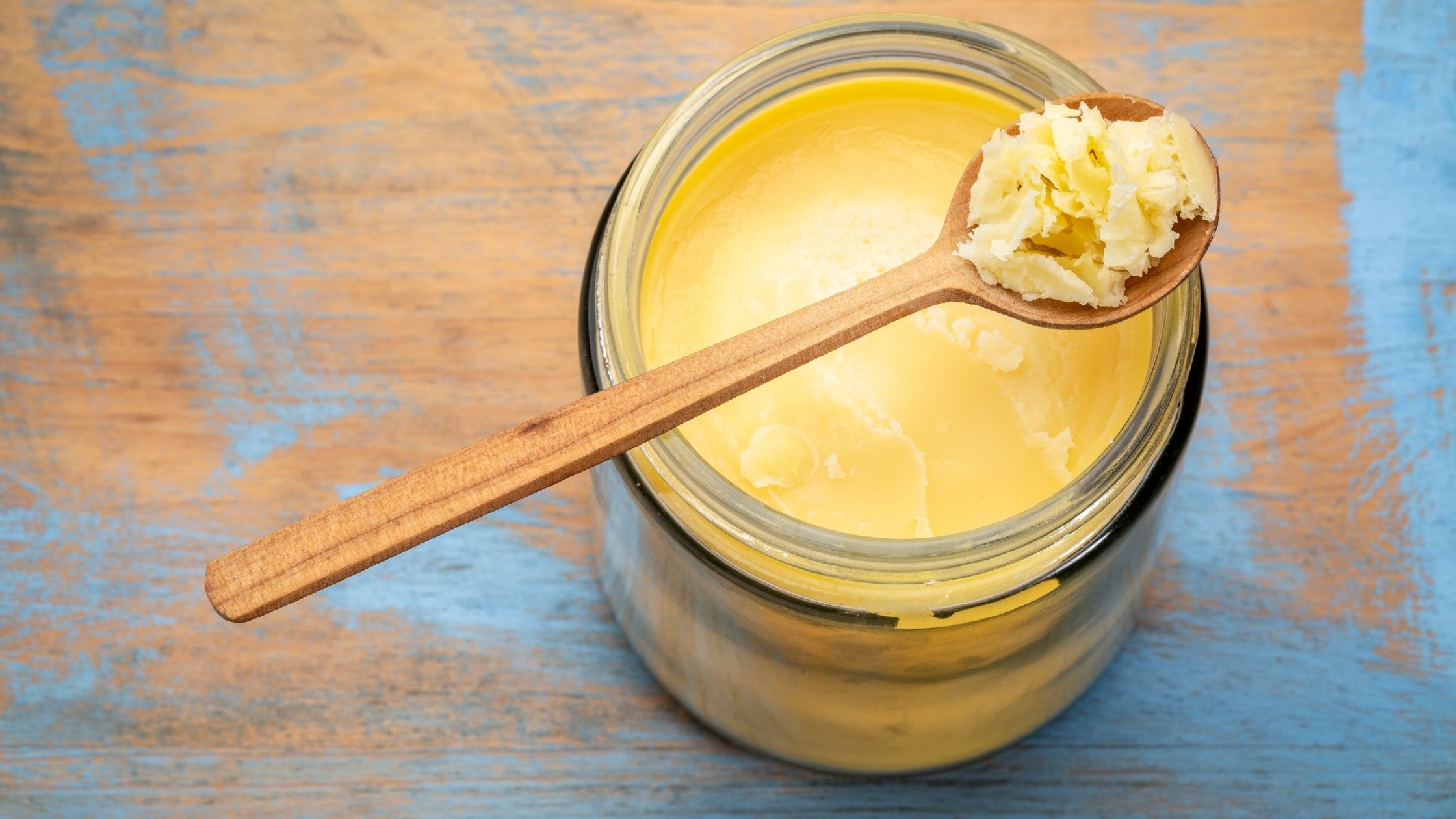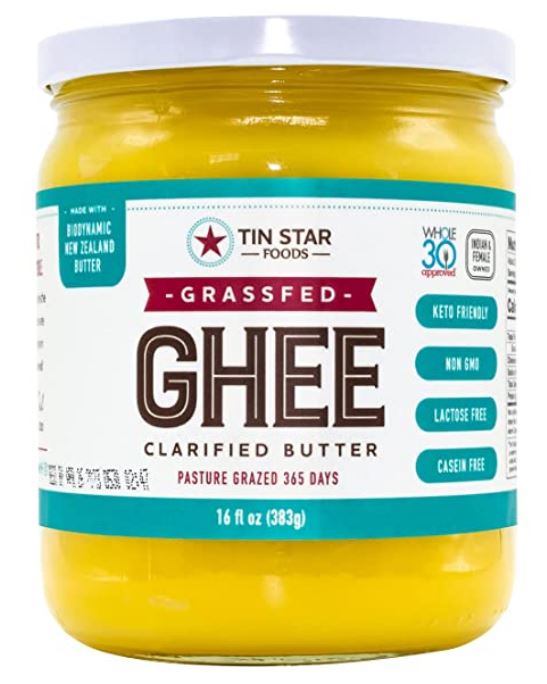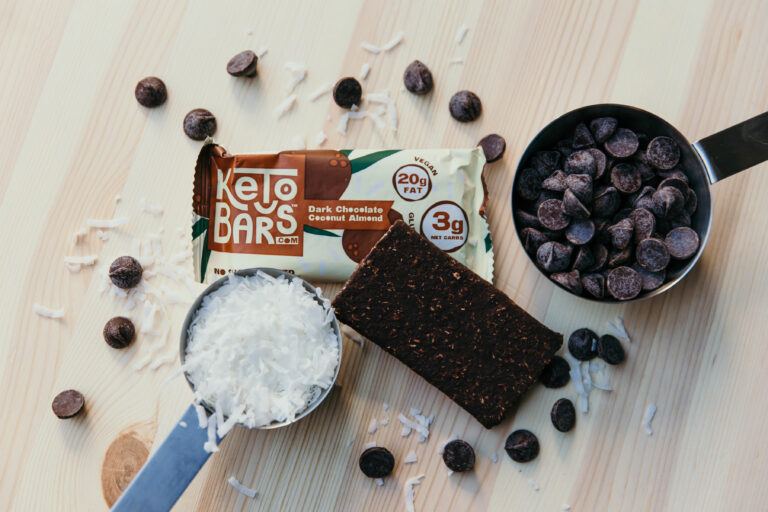Is Ghee Dairy-Free? These 2 Brands Test For Purity
Ghee is not entirely dairy-free, but when made traditionally from grass-fed cultured butter, only trace amounts of inflammatory milk sugars (lactose) and/or proteins (casein/whey) are left behind. Without these milk solids, ghee has many health benefits and when made properly it can be consumed safely, even by those with known dairy sensitivities or allergies.
Not all ghee is created equal however, and most of the brands available in your local grocery store are actually clarified butter, not traditional ghee. In this post we will examine the difference between clarified butter and traditionally made ghee, and we will highlight the two brands that batch test their products for purity.
When transitioning into keto I wanted to keep many of the benefits I had experienced through paleo, and intermittent fasting, but most of the keto diet resources available at the time promoted the use of dairy as a simple and tasty way to boost the fat content in meals.
I initially made the mistake of reintroducing dairy in a big way which ultimately stalled my progress, and resulted in some skin issues. Thankfully, I came across Nora T. Gedgaudas’s book, Primal Body Primal Mind, within which she outlined some of this issues surrounding dairy, the potential health benefits of some products, and products best avoided.
It was through Nora’s book that I was introduced to the benefits of traditional ghee, which, as we will outline below, is not the same as clarified butter. While I currently avoid most types of dairy, ghee has become a staple in my keto coffee and one of my favorite oils to cook with.
Side Note: Nora recommends avoiding casein, which is a milk protein that many people are sensitive to without even knowing it. To determine if you are sensitive to casein, Nora recommends careful testing using Cryrex Labs proprietary saliva arrays, or a stool antigen test, and warns that false-negative results are “notoriously common” when using standard blood tests.
Clarified Butter vs Traditional Ghee
Traditional ghee is one of the most sacred and healing foods described by ancient Ayurvedic (alternative Indian medicine) texts. When made properly, ghee contains high amounts of naturally occurring Vitamins A, D, & K, as well as conjugated linoleic acid (CLA), an antioxidant and essential fatty acid.
Traditional ghee is also extremely high in butyrate which helps fuel and protect the gut lining, reduce inflammation, combat obesity and diabetes, and protect against certain cancers.
While regular ghee (clarified butter) is made simply by heating butter and removing the milk solids (lactose, whey, and casein) which have risen to the top of the pot, traditional ghee includes a few more critical steps or processes.
First of all, traditional ghee is made from grass-fed butter exclusively. This is not always the case with regular ghee or clarified butter. Grass-fed ghee contains a balanced ratio of omega-6 and omega-3 fats. This ratio is approximately 3:1 for grass-fed animals and 20:1 for grain-fed animals.
Second, in traditional ghee, cultures are added to grass-fed cream before it is made into butter. These cultures consume the lactose (sugar) in the cream converting it to lactic acid, and help breakdown proteins (casein/whey), making it much easier to digest.
Thirdly, instead of simply heating the butter and removing the milk solids by skimming them off the top, traditional ghee is made by slowing heating cultured butter over an extended period until all of the moisture is removed. Any remaining milk solids are then browned (caramelized) in the fat, and strained out.
The culmination of these additional processes results in much healthier ghee that contains almost undetectable amounts of inflammatory milk solids.
Testing For Lactose and Casein
Although many commercial ghee brands claim to be free of lactose and casein/whey, it’s simply not true, and without testing, it seems a little unethical to make these claims. Unless ghee is made with cultured grass-fed butter in the traditional manner, unsafe amounts of these milk solids are likely to persist.
It is possible to certify that ghee is lactose and casein/whey-free through batch testing, however very few brands are willing to make this commitment. To qualify for this certification, test results must confirm that lactose and casein/whey levels are maintained below a set threshold measured in parts per million (ppm).
Ghee products with this certification are considered to be safe to consume even by those with known sensitivities or allergies. However, if you have severe or life-threatening allergies to dairy, it is recommended that you consult your physician before consuming any dairy foods.
Only two of the eight popular brands of ghee we examined are both cultured and certified lactose and casein/whey-free. We have listed them below. We have also created a ghee comparison chart to help you when making your selection.
2 Brands of Ghee That Test For Purity
#1 Pure Indian Foods Cultured Ghee
Pure Indian Foods Cultured Ghee is the only ghee recommended by Nora T. Gedgaudas, a leading expert on keto and author of the books Primal Body, Primal Mind, and Primal Fat Burner.
*According to the the Pure Indian Foods website – This product is batch tested to contain no gluten, and no more than 0.25% lactose, and 2.5ppm casein/whey.
#2 Tin Star Foods Ghee
Tin Star Foods Ghee is made in Texas from cultured New Zealand butter.
*According to the Tin Star Foods website – This product is Certified lab tested to be lactose and casein free. With less than 2.5ppm (<0.01%), it is nearly untraceable and safe for those with dairy sensitivities, and many of those with dairy allergies.
Ghee Comparison Chart

Have you tried traditional cultured ghee? Which brand do you prefer? Please consider sharing your experience by commenting below in order to help others living a fit keto lifestyle.
Thank you for visiting LiveFitKeto.com. Check back often for new content or subscribe to our newsletter to receive updates on new articles, and if you have found this information helpful, please don’t hesitate to share.









